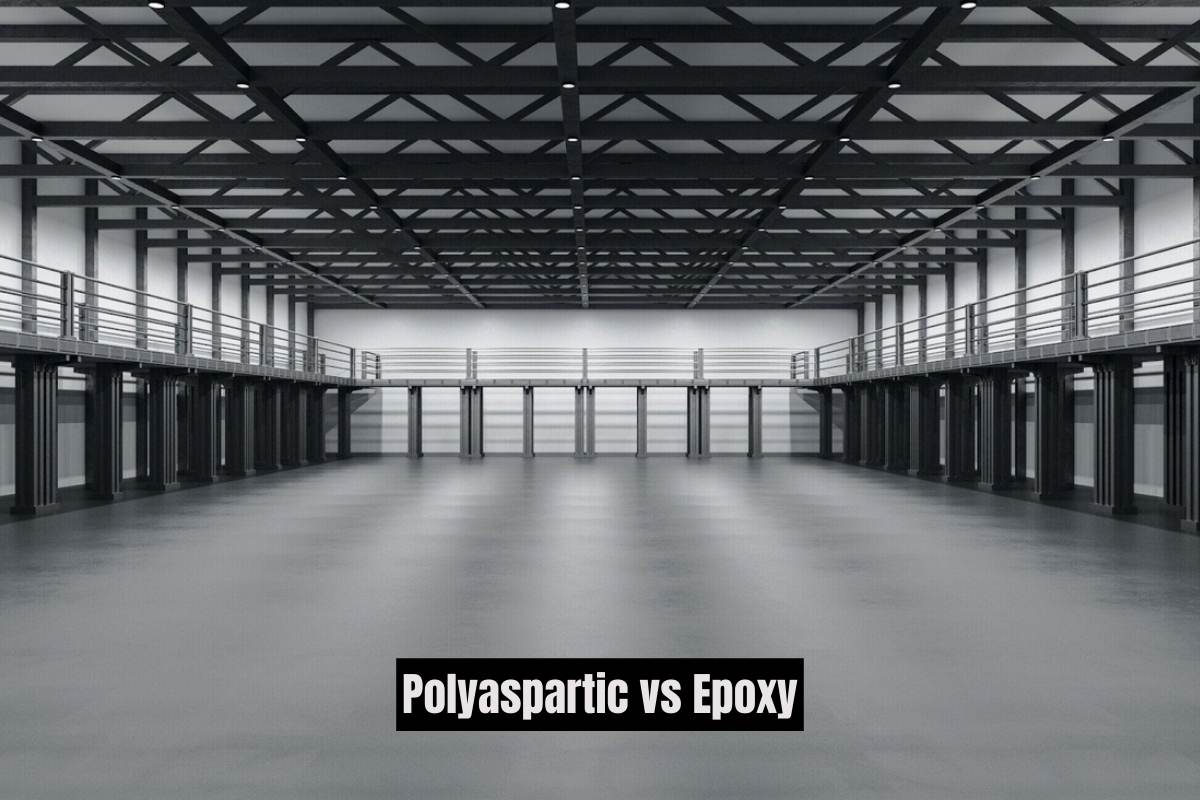Are you considering an upgrade to your flooring but feeling overwhelmed by the sheer number of options available? Two popular choices that often come up in this decision-making process are polyaspartic and epoxy coatings.
While they may seem similar at first glance, key differences set them apart. In this post, we will delve into these four aspects to help you make an informed decision on which coating is the ideal fit for your flooring goals.
Say goodbye to the confusion and hello to a clear understanding of the differences between polyaspartic vs epoxy. Let’s dive in!
1. Curing Time
Curing time refers to the amount of time it takes for the material to harden and become usable after different application techniques. Epoxy generally has a longer curing time compared to polyaspartic, often taking several days to fully cure. This can be a disadvantage for those who need quick installation and use of their flooring.
On the other hand, polyaspartic has a much faster curing time, often taking only a few hours to cure. This makes it a more convenient option for those who need a fast turnaround time for their flooring project.
2. Temperature Application Range
While both are suitable for various environments, Epoxy has a more restricted temperature range compared to Polyaspartic. Epoxy requires a minimum temperature of 10°C (50°F) to be applied, making it unsuitable for colder climates or during winter months. On the other hand, Polyaspartic can be applied at much lower temperatures, as low as -20°C (-4°F).
This makes it a more versatile option for flooring in a wider range of locations, especially those with extreme temperatures. It also allows for shorter installation times, as it can be applied and cured faster in colder temperatures.
3. UV-Resistant
While both are durable and long-lasting, polyaspartic is known for its superior UV resistance. This is due to its chemical resistance and structure which allows it to withstand prolonged exposure to UV rays without yellowing or fading. In contrast, epoxy is more susceptible to UV damage.
This may require regular maintenance or coating to protect its appearance. This makes polyaspartic a desirable option for outdoor or high-traffic areas, ensuring your flooring maintains its aesthetics and durability for years to come.
4. Durability
While both options provide a durable finish, polyaspartic coatings are proven to be more resistant to harsh chemicals, UV exposure, and abrasions. This makes them an ideal choice for high-traffic areas, such as garages and commercial spaces. Additionally, polyaspartic coatings have a faster curing time, allowing for a quicker installation process and less downtime for your space.
For those looking for a long-lasting and durable flooring solution, polyaspartic is worth considering. To learn more about this option, explore what to know about polyaspartic floor coating.
Compare Polyaspartic vs Epoxy Coatings to Find the Perfect Flooring Solution
It is important to carefully consider the needs and requirements of your flooring project when deciding between polyaspartic vs epoxy. Each option has its unique strengths and weaknesses.
Weighing the key differences discussed in this article can help you make the best choice for your specific needs. Don’t hesitate to consult with a professional for expert advice and to ensure a successful outcome for your project.
If you have a fireplace grate at home, polyaspartic flooring is generally the better option due to its higher heat resistance and faster curing time compared to epoxy.
Looking for more tips and advice? You’re in the right place! Make sure to bookmark our page and come back to check out more interesting articles.






